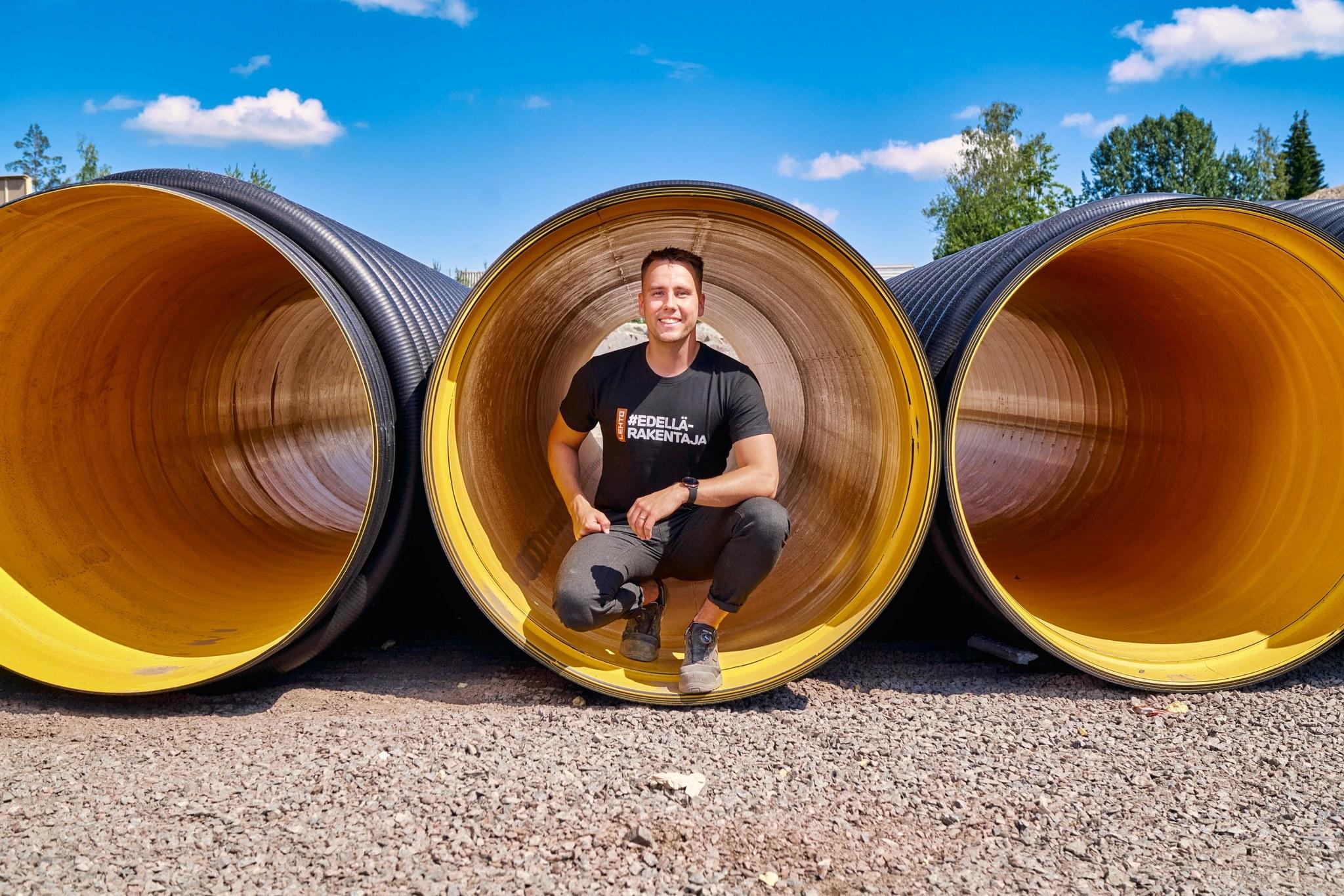
Site Engineer Eero Keski-Petäjä:
“Lehto’s way of thinking differently made an impression on me. I think it’s very important to be able to contribute with my work to developing my employer company. At Lehto, this is possible.”

The only way to create the future is to build it. We have a dream of a better tomorrow. An ever-evolving picture of how and why to build better is taking shape. Lehto has the boldness to introduce new perspectives and the open-mindedness to question established practices and build smarter.
We are driven by the desire to be ahead of our time. We want to define how construction will work in the future. Continuously developing modular construction, the power of repeatable solutions, leadership in design and more eco-friendly materials. We tap into the full benefits of digitalisation in construction.
We are building towards high-quality, affordable and ecological construction.
Construction megatrends include industrial manufacturing, digitalisation and ecology. They describe not only the future of construction – but also Lehto’s current way of building.
Unlike other fields of industry, the construction sector has been unable to increase its productivity for over 40 years. Ultimately, the end customers of builders are the ones who pay for the poor productivity of the industry – this causes quality problems, cost overruns and the lengthening of construction schedules, for instance.
Construction must be able to keep up with other fields of industry and reinvent itself. At Lehto, we want to shake up construction and enhance quality, affordability and ecology. To tackle climate change, we as an industry must be able to adopt an even more sustainable approach to construction – our industry has a heavy carbon footprint.
Our solutions involve modularity, industrial prefabrication, repeatable solutions, ecological materials and digitalisation.
Watch a speech by Juuso Hietanen, CEO of Lehto (in Finnish):
1
Lehto #forebuilder
Lehto Group is a Finnish construction and real estate group. Our company is reinventing construction and aims to improve the productivity of the industry, which has remained flat for a long time. Thereby, we seek to create customer benefits and added value for both our customers and shareholders. Our mission is to be a forebuilder of a better tomorrow. We build comfortable urban homes, successful business premises, functional care homes and schools, and carry out effortless pipeline renovations.
2
Figures
Net sales 2021: 435.9 MEUR
Personnel: 1 042 (end of the year)
Factories: 5 production facilities
3
Products and services
The company has divided its operations into two service areas: Housing and Business Premises. In the Housing service area, we build apartment buildings using wood and concrete. In addition, we are in the care home construction business and carry out pipeline renovations, primarily in the Greater Helsinki area. In the Business Premises service area, Lehto builds retail premises; logistics, warehouse and production facilities; leisure facilities; large shopping and activity centres; and offices. We also build schools and daycare centres.
4
Here's how we stand out
Design management concept
Own factories in Finland
Lehto’s state-of-the-art approach to building reinvents the industry. Its cornerstones are eco-friendliness, design management, repeatable solutions, industrial prefabrication and harnessing digitalisation.
The first cornerstone is design management, which plays a key role in building a reasonably priced end product. The company seeks to manage construction projects from design to implementation specifically in order to keep costs under better control. Over 80 per cent of construction costs are determined at the design stage, which is why we want to keep this phase in our own hands.
Industrial manufacturing and modularity lie at the heart of Lehto’s construction process – the company is the Finnish pioneer of this approach. Lehto engages in industrial construction – that is, innovative module and element production – at its own factories in Finland. Industrial manufacturing boosts productivity in construction, speeds up schedules, and ensures high quality compared to traditional construction. The utilisation of modular construction innovations enables work stages traditionally performed on the construction site to be transferred to an industrial environment, which reduces costs and improves quality as a result of better work organisation, stable factory conditions, simpler implementation models, increased repeatability, and faster production.
The third important cornerstone is repeatable solutions. We do not always reinvent the wheel. Instead, we use tried-and-true solutions. Standardisation can be utilised in operating methods, a variety of processes and partner networks alike, and it typically accelerates the design and construction phases.
Harnessing digitalisation is part of Lehto’s construction DNA. Lehto uses digital systems and processes throughout the construction process, from design to construction. Thanks to this, those working in different roles can utilise real-time information during the entire project. Information that is generated and saved during construction can be reused throughout the building’s lifecycle, during renovation and complementary construction, and in the maintenance, operation and asset management of the building. Using digital processes significantly boosts the efficiency of design, procurement and production, as the various stages in the process are predictable, traceable and repeatable. With the aid of digital solutions, the company is able to enhance efficiency by shortening lead times, raising quality standards, and improving the property’s usability. These factors create added value for both Lehto and its customers.
Lehto’s way of building fundamentally supports eco-friendliness and sustainable construction, as industrial manufacturing in itself cuts down on production loss, the amount of waste and the need for logistics, for instance. Harnessing digitalisation in this production model further enhances opportunities to build even more sustainably. For instance, industrial manufacturing seeks to reduce production losses, an aim that is supported by harnessing digitalisation. “Wood” is another keyword in Lehto’s sustainable construction. We have developed a concept for a wooden apartment building that is to a great extent industrially manufactured at Lehto’s factories in Finland, mainly using domestic wood.

In the Housing service area, Lehto builds new apartment blocks and balcony access blocks, and also carries out pipeline renovations, mainly in the Greater Helsinki area. The Housing service area also includes care home construction operations.
The Housing service area is divided into developer-contracted production and contracting projects. In Lehto’s developer-contracted housing projects, the company designs and builds properties on land areas that it has purchased and then sells the completed apartments to customers. These customers include private persons as well as private and institutional investors. In its care home business, Lehto designs and builds care homes and assisted living units for both care operators and municipalities. These construction projects are implemented either under ordinary construction contracts or as investment transactions, where Lehto signs a lease agreement with the service operator and sells the completed property to, for example, a fund that invests in properties in the sector.

In the Business Premises service area, Lehto builds retail premises; logistics, warehouse and production facilities; leisure facilities; large shopping and activity centres; and offices. In addition, Business Premises includes the design and construction of daycare centres and schools for national daycare operators and municipalities.
Business premises are designed according to customers’ needs and are built using the structural and spatial solutions that have been developed or tried and tested by Lehto. This area serves local, national and international customers; and also municipalities in the case of schools and daycare centres. Business Premises conducts most of its operations using a ‘design and implement’ model in which Lehto is responsible for both the design and actual construction. Lehto also builds some business premises in the form of developer contracting, which means that Lehto acquires the plot and then designs and builds the property either wholly or partly at its own risk.
Net sales, EUR million
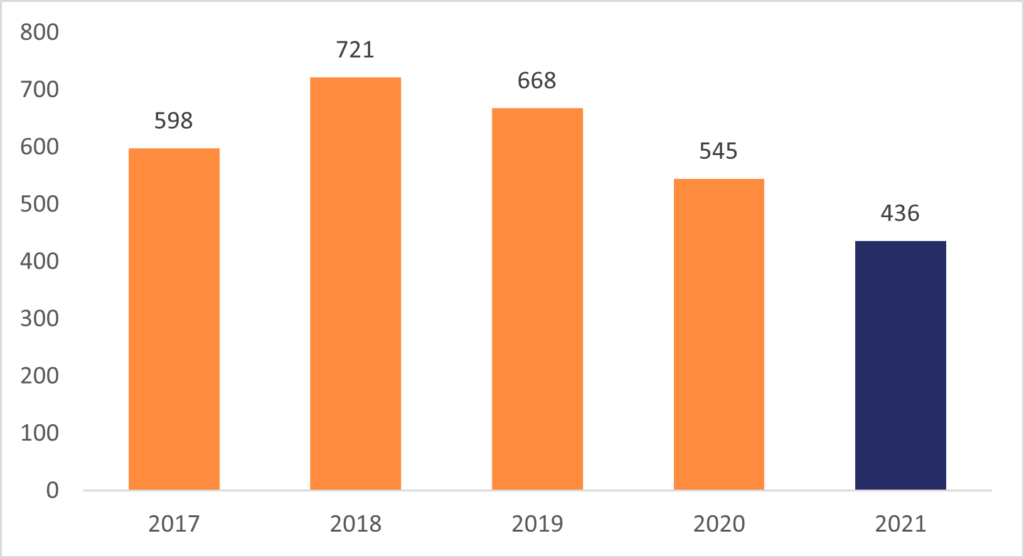
Operating result, EUR million and operating result, %
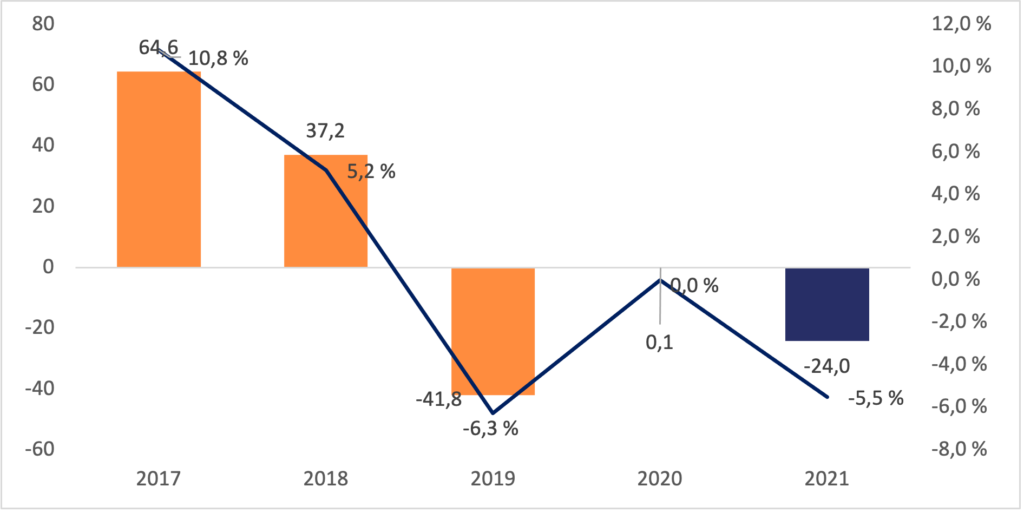
Number of personnel at the end of the year
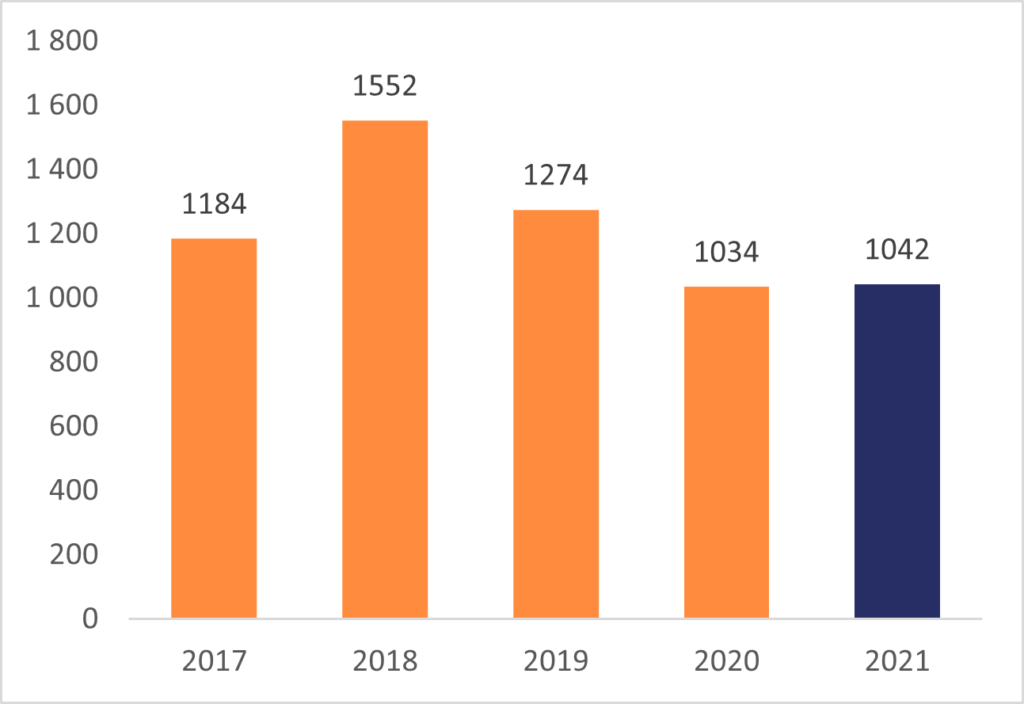
Equity ratio, %
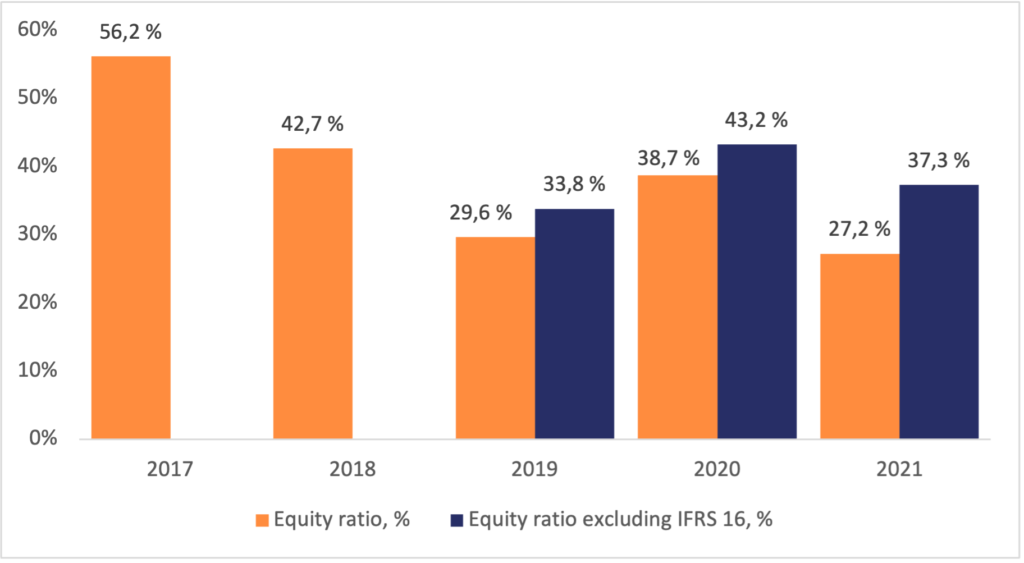
Net gearing ratio, %
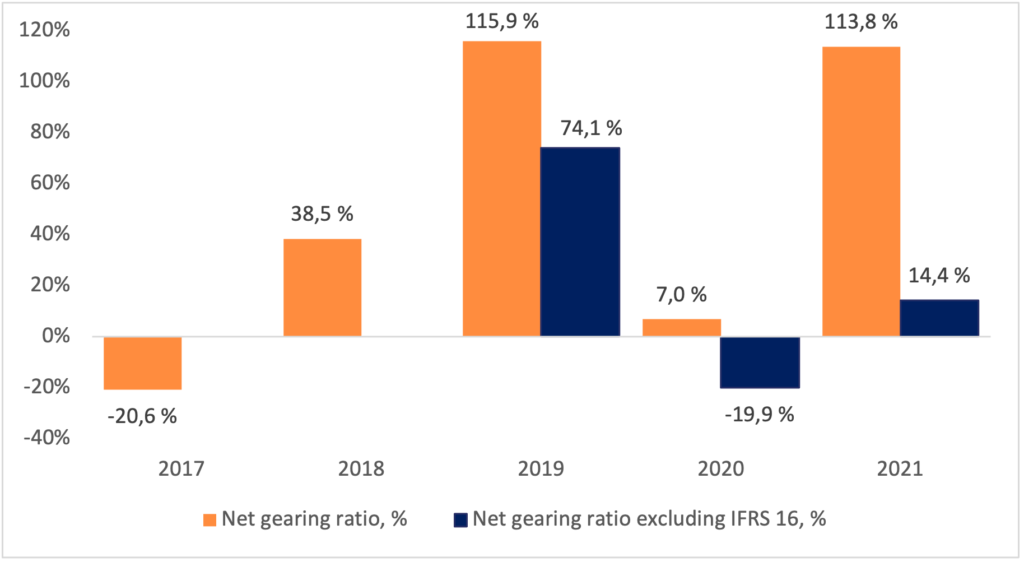
Order backlog, EUR million
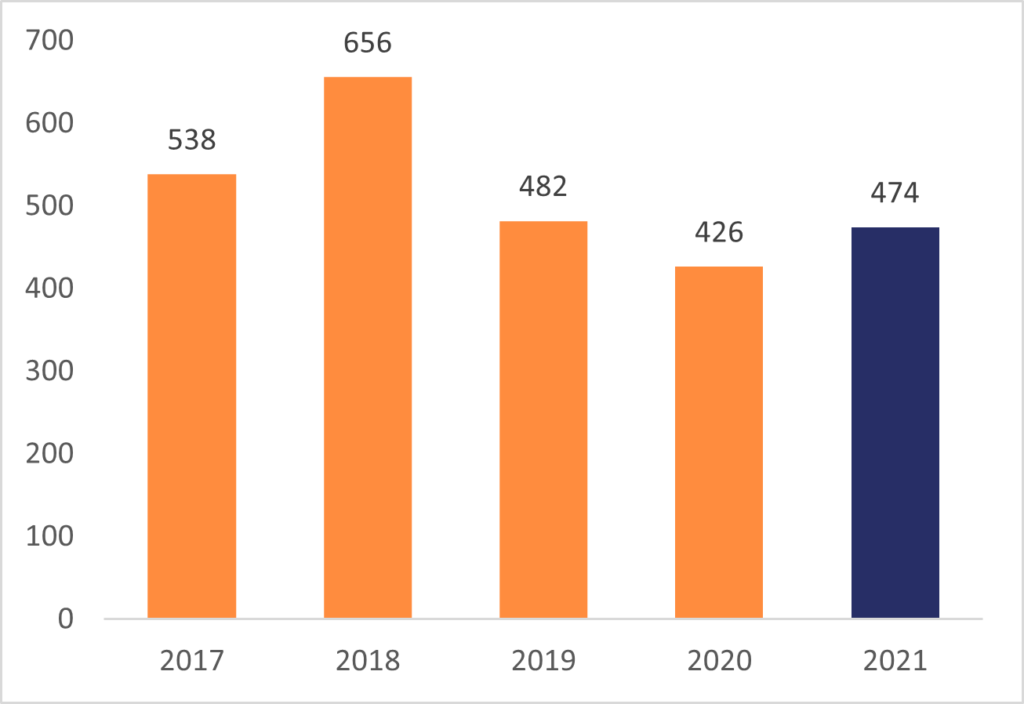
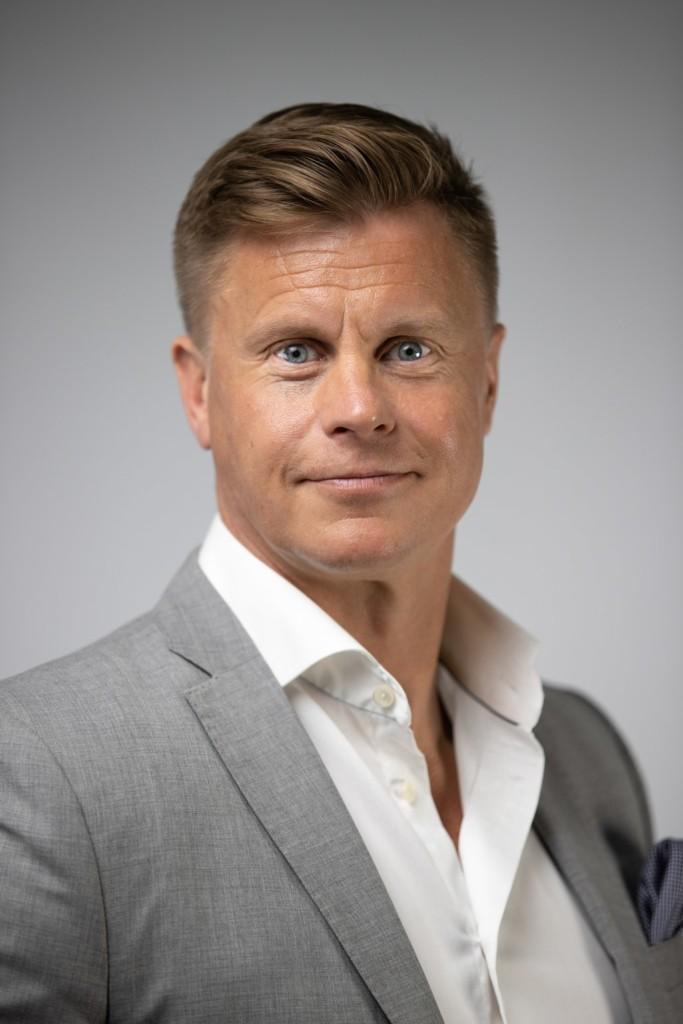
“In 2021, Lehto continued its hard work to improve the company’s competitiveness. I joined the Lehto team myself in May and noticed that, after years of strong growth, there is now a need to lead development in several sectors at once. We must focus our operations, change our operating practices and use of capital, and update our strategy. Equally importantly, we must also be able to motivate our personnel during this challenging situation. The primary goal of all our action will be to improve profitability. Measures and changes related to this have been accelerated in order to stabilise the situation.
During the year, we have also worked on the company’s strategy, and have changed both our operating models and culture.
Although we have been able to develop our operations in 2021, these changes will not be immediately visible and will take some time to implement, as is typical in our industry. The effects of these changes are not yet being seen throughout the entire chain, which is reflected in the higher-than-expected losses made by Business Premises from projects launched in earlier years. At the same time, we are also facing an exceptional challenge from the high rise in the prices of building materials. In order to focus our operations, we have discontinued our business in Sweden, consolidated our wooden construction in a single unit, and streamlined our support function organisation.
In spite of increased material costs, the Housing service area exhibited a favourable earnings trend that was better than budgeted. In addition to building concrete apartment buildings, we are also a notable builder of wooden apartment buildings and have the most advanced concept on the market for modular prefabrication. We firmly believe in our expertise in wooden apartment buildings, which above all represents a distinctive competitive advantage in the future. The themes of sustainable development and using wood as a raw material are now more central than ever, especially in the construction sector. The Housing service area’s pipeline renovations also remained profitable.
We incurred large losses from six projects in the Business Premises service area during 2021, which led to a significant loss-making result for the entire company. Several commitments related to these projects were made in 2017–2019, and the projects no longer comply with the company’s current criteria. Project cost management in the Business Premises service area has not been at an acceptable standard. The losses arose from shortcomings in project preparation, problems and delays in project implementation, agreeing on contract prices at an early stage, and increased material costs. We have located the issues, and know what we need to do to improve the situation. Work on this is currently ongoing. The losses made by Business Premises clearly demonstrate our need to pay more attention during the early stages of a project, and we have introduced new operating models to ensure this. Construction is a project-based business, and the actual value of a project is created long before anyone steps onto the construction site. We must have much more precise plans, calculations and agreements before committing to a project, and must also clearly raise the proportion of tied costs before agreeing on a price. This will ensure that costs remain within budget during the construction phase.
Our financial position has been weakened by this year’s loss-making result. We are currently in negotiations with various financiers to find solutions that will also enable long-term business development.
The year ended in a more challenging situation than expected. However, the necessary changes and development work have either been done or are currently ongoing and will lead to an upswing in the company’s profitability. We have identified both the key issues and the measures that will help us to overcome these challenges. We have also increased the company’s competence capital by recruiting experienced experts in key positions at the company.
The company’s performance does not currently meet the expectations of our investors, partners or even our own employees. Yet for us at Lehto, the necessity for change is clear and we have the will to make it happen.”
Juuso Hietanen, CEO
Lehto announces that it will build long-awaited new apartments in Ruskeasuo, Helsinki
Lehto and NREP continue cooperation with an impressive 16-storey twin tower in Malmi, Helsinki
Matti Koskela, rakennusinsinööri, nimitettiin Toimitilat-palvelualueen johtajaksi.
Lehto announces that after pausing operations due to the pandemic it has now started pipeline renovations in hundreds of apartments: housing corporations in the Greater Helsinki area are interested in new solutions
Pekka Eskola, M.Sc. (Tech.), is appointed to head up Lehto’s wooden apartment building business
We have identified three important construction megatrends of the future that Lehto’s approach supports well: industrial manufacturing, digitalisation and ecology.
Industrial manufacturing
In the future, more phases of construction work will no longer be done on site, but at factories. Lehto is a Finnish pioneer in industrial prefabrication. We have the largest domestic factory capacity of our own. Carrying out construction work at factories enhances efficiency and also ensures a moisture-controlled production chain. One of the advantages of mass production is continuous quality improvement. However, mass production does not mean that our customers are unable to make choices that are important to them, such as in terms of interior design.
Digitalisation
Digitalisating construction operations has been part of our day-to-day operating model since 2017. These days, all projects are started up using information models. Lehto uses information models throughout the construction process, from design to construction. Thanks to this, those working in different roles can utilise real-time information during the entire project.
Ecology
Lehto is interested in sustainable carbon-neutral construction and seeks to gradually move towards the carbon-neutral circular economy. Ecological construction currently revolves around Lehto’s wooden apartment building concept, in which the primary raw material is Finnish wood. The concept utilises industrial manufacturing, which supports the ideology of sustainable construction by reducing waste and loss. In addition, many projects company-wide make use of geothermal heat and other energy-efficiency solutions.
Lehto’s strategy revolves around solving the aforementioned problems and creating an innovative corporate culture that actively develops construction solutions that will moderate costs, improve quality, shorten lead times, and reduce environmental impacts. The cornerstones of Lehto’s strategy are design management, repeatable solutions, industrial prefabrication as well as digital processes and service chain.
During the strategy period, Lehto primarily seeks to achieve a strong improvement in profitability and aims to significantly increase the relative share of the company’s housing production accounted for by wooden apartment buildings. During this strategic period, the company will be investigating possibilities for utilising its prefabricated space elements more extensively in areas other than housing construction, leasing out temporary modular premises, and expanding its offering to lifecycle services.
With the new CEO, the strategy drafted in 2020 will be honed and the company will release further information on the strategy in spring 2022.
Lehto is also changing construction with the power of its industrial prefabricated production, and building using factory products is one of the cornerstones of Lehto’s operating model. We are transferring challenging phases of construction from sites to factories – indoors, where work is not at the mercy of the weather. Industrial prefabrication enables us to achieve cost and time benefits as well as to ensure quality from start to finish with our sustainable moisture-controlled chain.
Lehto manufactures a variety of building modules and elements at its own production facilities. Lehto has production facilities in Oulainen, Hartola, Siikajoki and Ii, totalling about 50,000 m2.
The products manufactured for use in housing and business premises are: load-bearing large roof elements, combined kitchen and bathroom modules, bathroom modules, apartment elements, windows, and riser elements for pipeline renovations. Although Lehto primarily manufactures modules and elements in its factories for its own use, the company does engage in some external sales in this area.
The most extensively productised industrially manufactured product is Lehto’s wooden apartment building – the flats are made at the factory. The space elements, including their decor, are finished at the factory, after which they are installed on site.
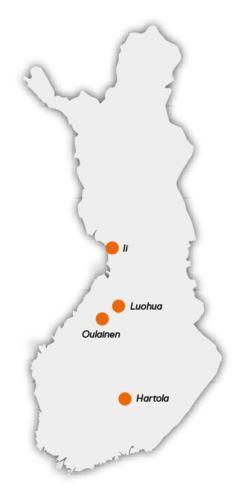
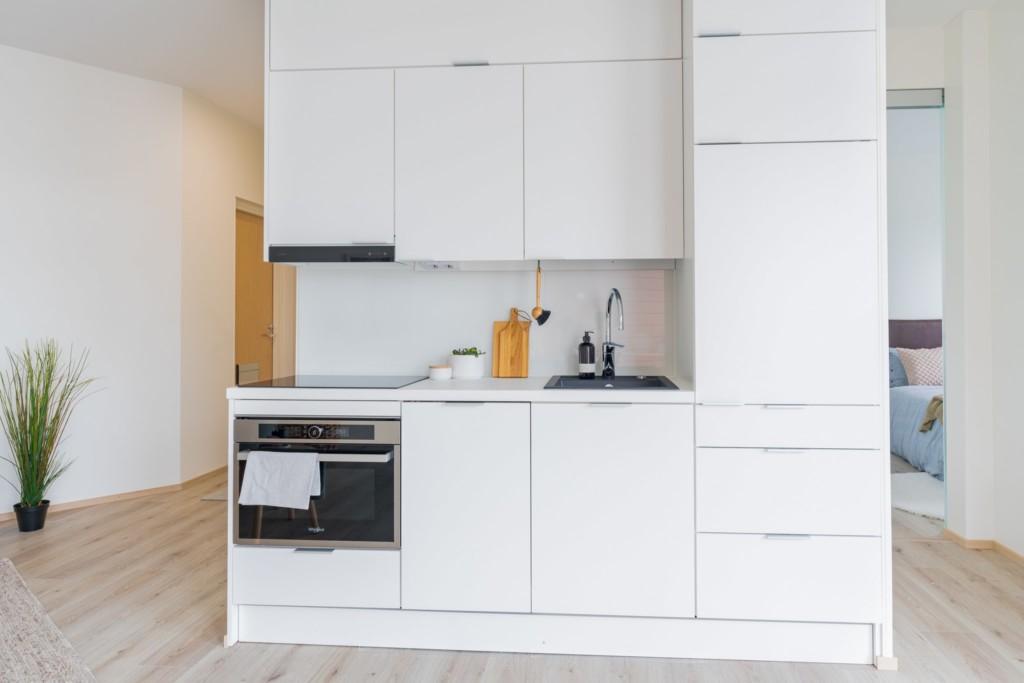
Kitchen and bathroom modules are mainly used in the construction of apartment buildings and care homes. The modules are manufactured under stringent quality control that ensures not only even quality, but also considerably better moisture control than in traditional construction. The use of modules also facilitates scheduling the construction site phase, which speeds up the completion of the properties and enables significant cost savings. The completed factory-made modules are lowered into the interior through the roof.
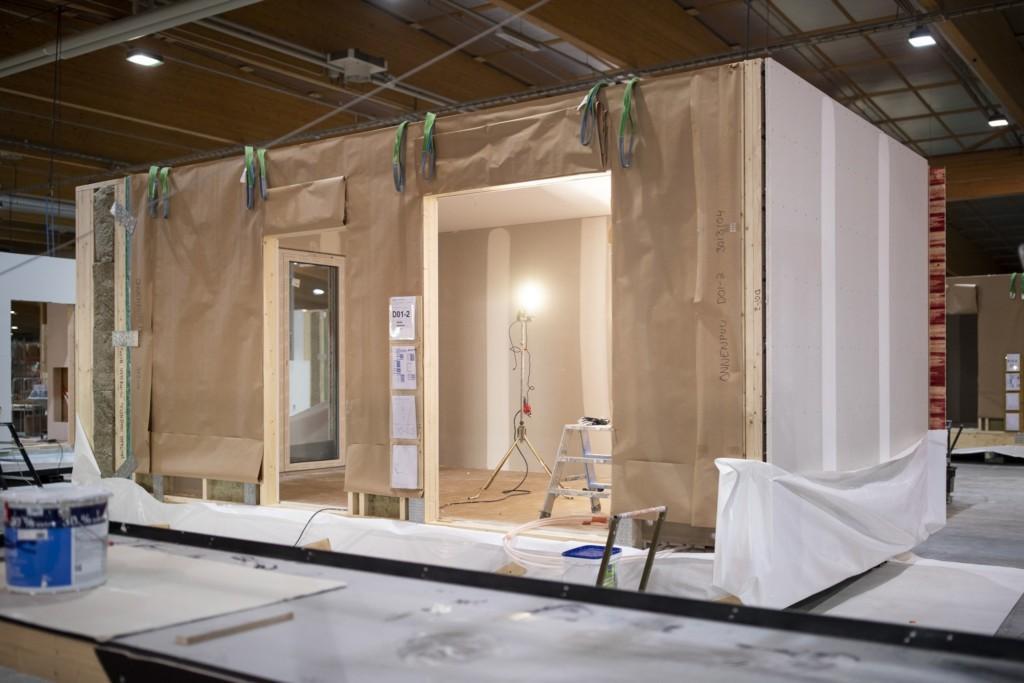
Lehto’s apartment elements are completely finished apartments manufactured on the assembly line. The completed apartments are installed on the construction site on top of prebuilt foundations. This improves the quality of construction, ensures a moisture-controlled process and reduces the construction time on site by almost a half compared to traditional construction. Apartment elements can be used to build 2–4 storey small apartment buildings. Apartment elements are produced at the Oulainen and Hartola factories, for instance.
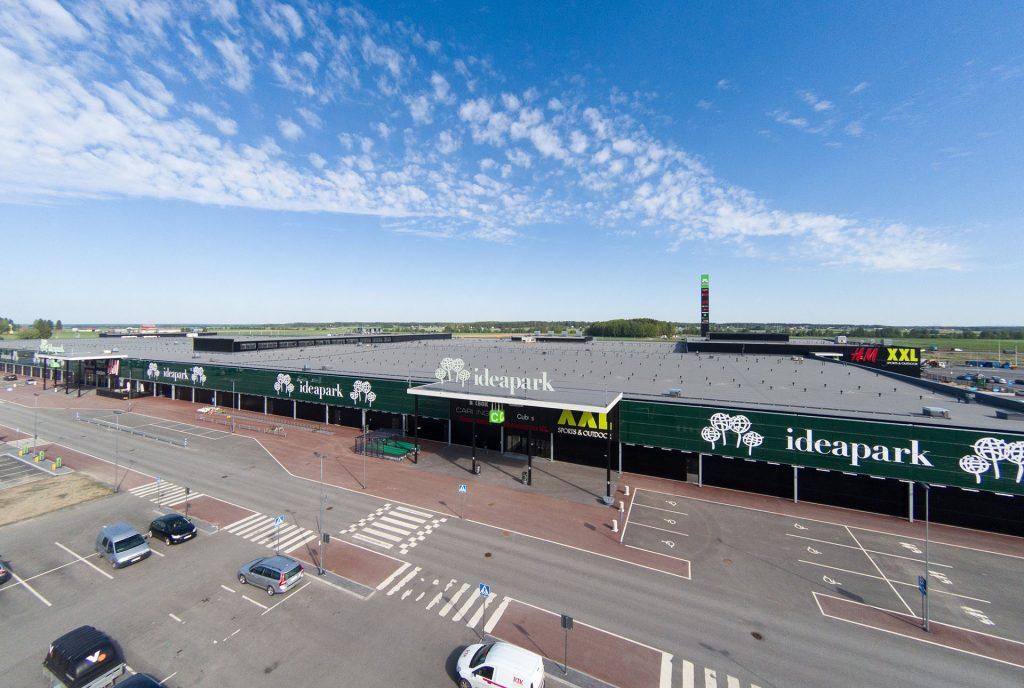
Lehto’s large roof elements are manufactured at our Hartola factory. By using finished elements, we can install up to 1 500 m² of roof a day. Lehto’s large roof elements come equipped with lines for sprinkler systems, electricity wiring and installation rails, for example, according to the customer’s wishes.
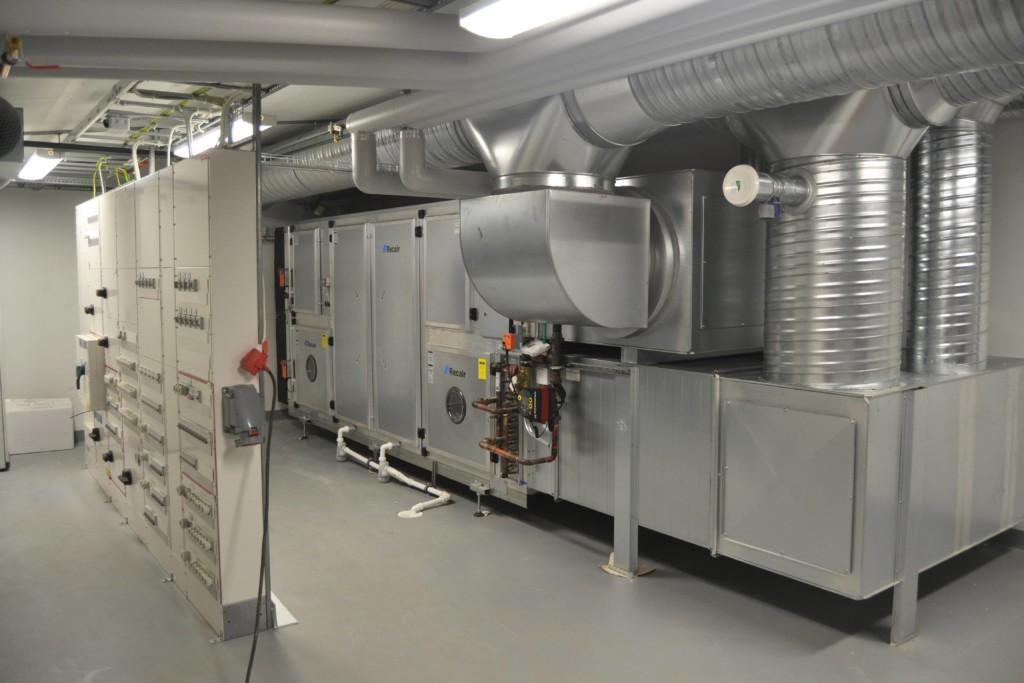
Lehto’s building technology centres contain complete ventilation machine rooms that include pre-installed ventilation equipment, a district heating distribution centre, building cooling equipment, a switchboard, and a central building automation controller. The building technology module can be added as a whole to the building, after which its systems are connected to the piping installed onsite. After connection and technical adjustments, the building technology is ready to use.
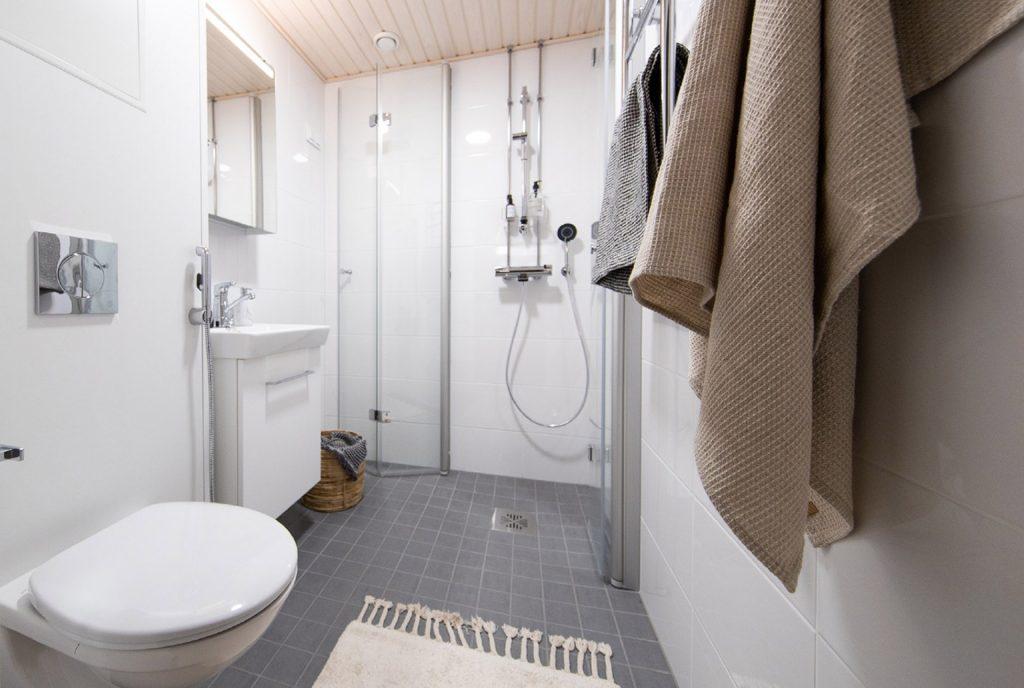
The riser elements developed by Lehto considerably speed up the implementation of plumbing renovations and bring savings on overall costs to housing companies. Our stylish riser elements are manufactured at our factories under carefully monitored conditions. The use of riser elements reduces the space needed for new pipelines and ensures both uniform quality and top-class leakage security. It also considerably reduces the logistic challenges of the renovation. The riser elements contain a wide range of prefabricated technology, such as heating, water, drain and electricity rises. A modern, easy-to-clean wall-hung toilet is also integrated into the element. In large pipeline renovation projects, the riser elements can be customised.
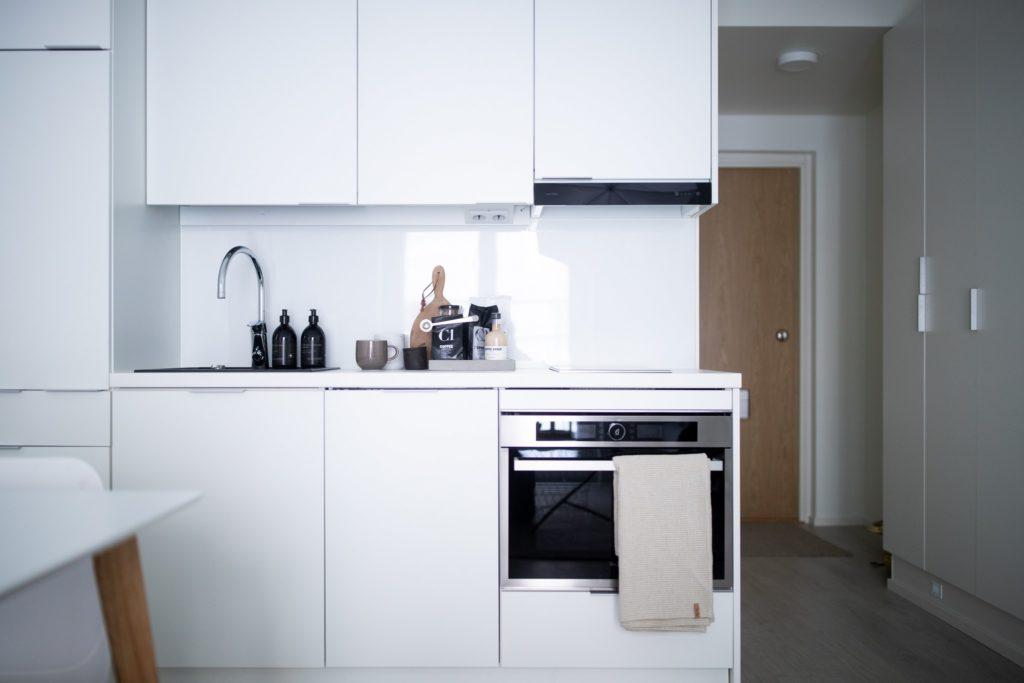
We manufacture kitchens, bedroom and hallway closets, kitchen islands, and bathroom fixtures, for instance.
In 2021, Lehto had 1,043 employees on average. The number of employees declined by 72 largely due to changes in the business environment. Although the number of employees remained fairly stable during the report year at just over 1,000, total turnover was 23.6% (2020: 20.2%). At the end of the year, there were 1,042 active employees, of whom 878 (84.3%) were men and 164 women (15.7%). The ratio of salaried employees (493/47.3%) to non-salaried employees (549/52.7%) grew during the year. Employees in permanent employment relationships accounted for 984 ( 94.4 per cent of personnel). Those in fixed-term employment (58/5.6%) were mainly trainees as part of their education or substitutes, or engaged in project work or other agreed-upon temporary tasks.
The development of in-house training continued in 2021. The training programme on construction site production was enhanced to meet project-specific requirements and challenges. During the spring, Lehto partnered up with Tocoman to carry out extensive scheduling software training for all site production personnel. In the summer, the Career Promise programme for students was downscaled due to the coronavirus pandemic. In 2021, 57 students participated in the programme. During the autumn season, Lehto drafted and prepared training to qualify work supervisors in wood construction to serve as responsible site managers. It is intended that the programme will be launched at the beginning of 2022.
At the turn of August and September, the Group conducted its annual People Power HR survey. The overall result saw a slight year-on-year improvement (2020/A+), while remaining at A+. The survey revealed that Lehto’s strengths are: managerial work (which remains at a good level), appropriate workspaces and equipment, and the usefulness of performance reviews. Performance improved in almost all the measured aspects. The greatest improvements in performance were seen in management culture, which is partly explained by new management appointments and the expectations of employees with respect to the business strategy updates that will be implemented at the turn of 2022. Based on the HR survey, the Group’s management designated the following as key focuses of improvement: enhancing cooperation between units and developing the results orientation of all employees, which will contribute to mobilising the strategy updates in practice.
In October, the company organised the Lehto Day, an event for all personnel that has already become a tradition. The programme was held at Lehto’s Hartola factory and streamed to offices, factories and sites. The highlight was the announcement of the Lehto Employees of the Year (14 people chosen by their colleagues) and the handing out of awards.
During the past three years, we have made a concerted effort to enhance occupational safety in the Group. Our success in these efforts is indicated by the continuous annual improvement in the workplace accident frequency, which was 15 in 2021 (2018: 43, 2019: 29, 2020: 22).
Although the second year of the coronavirus pandemic hindered operations at some sites, mainly in the Greater Helsinki area, in the form of closures and delays, the occupational wellbeing and health of employees were at a good level on the whole. Occupational well-being and management of own work were designated as key issues in the hybrid working model that was prepared in the summer and implemented in the autumn. According to the HR survey, the management of own work was at a good level, outperforming the benchmark used in the HR survey (Finnish general standard, 2021). The sick leave percentage (3.92%) can also be considered to be good in the context of the industry.

“Lehto’s way of thinking differently made an impression on me. I think it’s very important to be able to contribute with my work to developing my employer company. At Lehto, this is possible.”
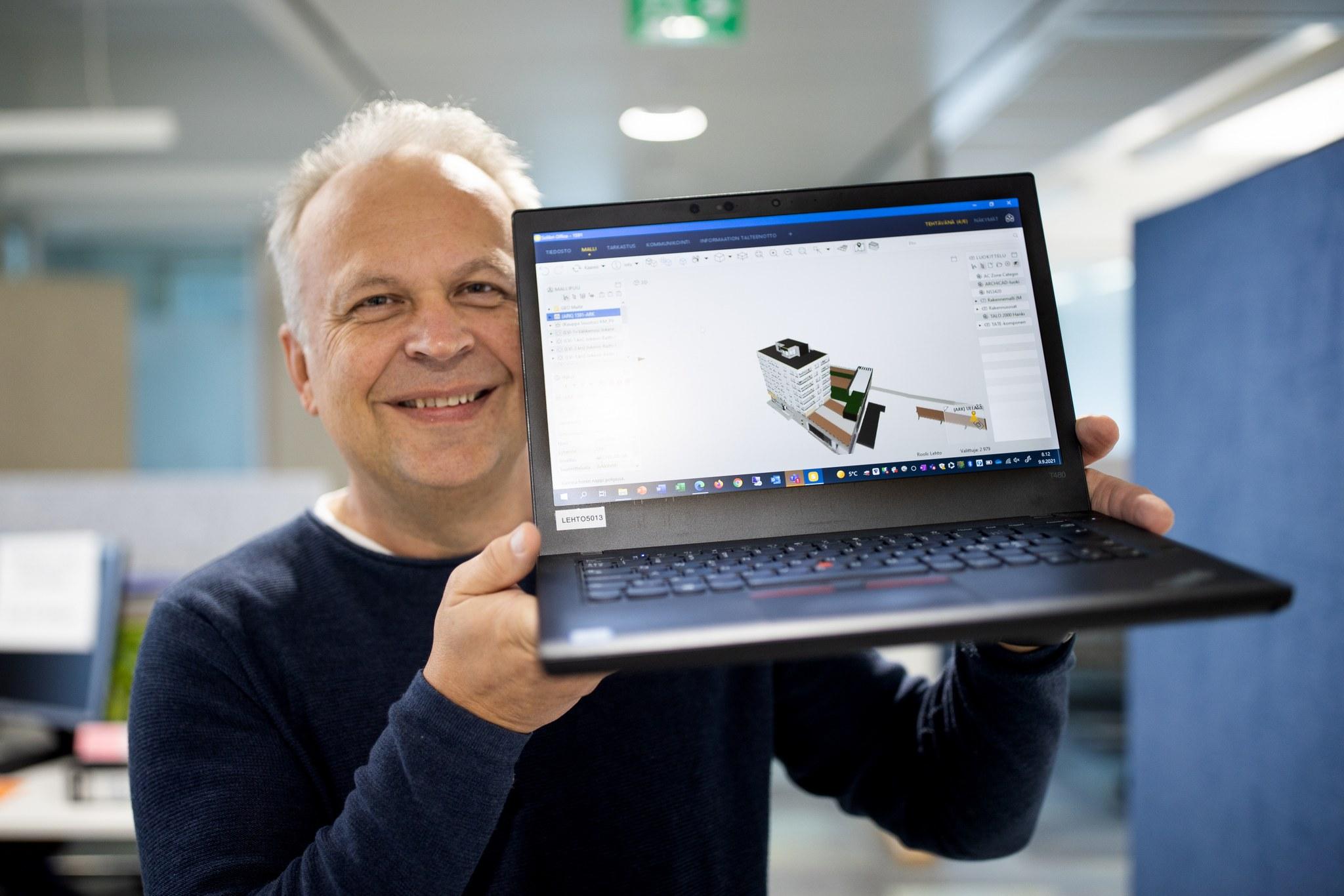
“Lehto gives you responsibility and you can really make a difference.”
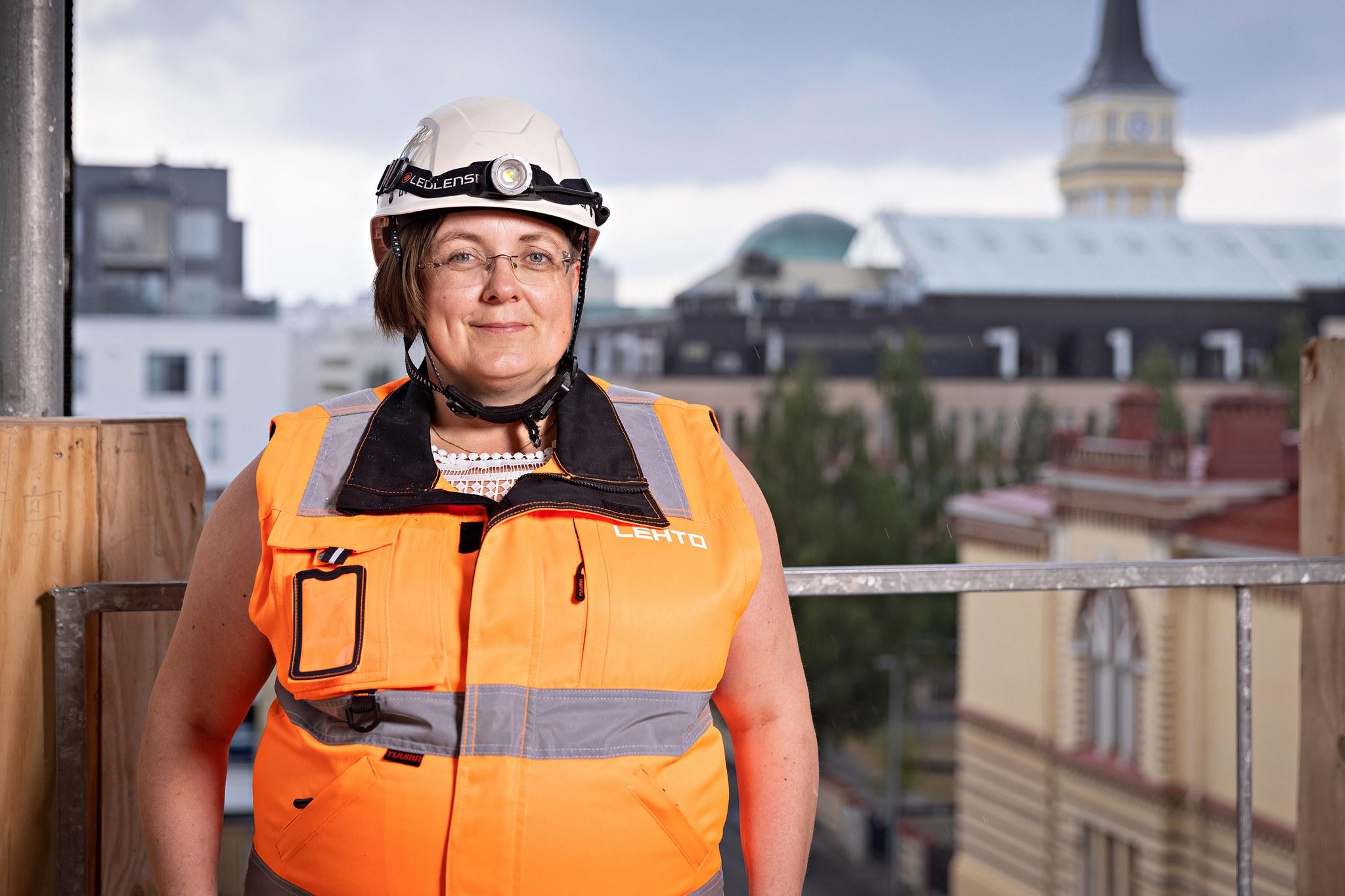
“My most important task is to facilitate the work of the supervisors and responsible site managers, provide on-site support, give a helping hand with day-to-day work, and share in all the joys and agonies of a construction site.”
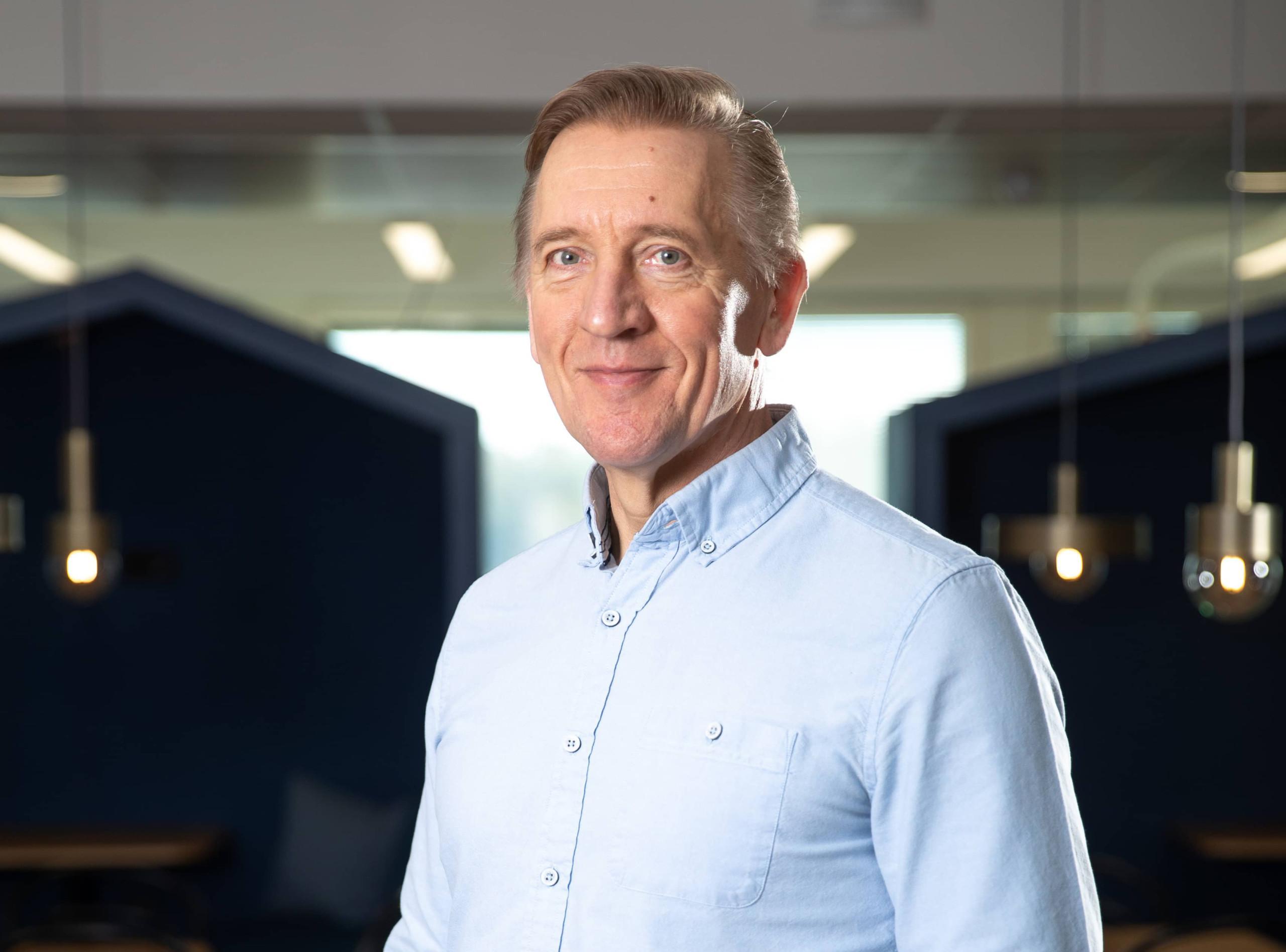
“At Lehto, I get to see the value of the work I do. I’m now in my dream job.”
CEO
b. 1977, Finnish citizen
M.Sc. (Tech.)
Juuso Hietanen was the CEO of Bonava Finland prior to his appointment as CEO of Lehto. Earlier, he had been in leadership duties in housing production with NCC in Finland, Russia and the Baltic states since 2004.
Chief Financial Officer
b. 1972, Finnish citizen
M.Sc. (Econ.)
Veli-Pekka Paloranta has been the Lehto’s Chief Financial Officer since November 2015. In 2010–2015, he was the CFO of Bittium Corporation (formerly Elektrobit Plc), in addition to which he has served as Chairman of the Board of several subsidiaries of the Elektrobit Group.
Executive Vice President, Business Premises
b. 1966, Finnish citizen
B.Sc. (Civil Eng.)
Matti Koskela is a highly experienced builder and manager. Since 1985, he has had a thriving career, first as a work supervisor and construction manager, and then as a unit director, head of business segment and head of division at the construction company YIT.
Executive Vice President, Business Support Services
b. 1966, Finnish citizen
M.Sc. (Tech.), Hanken MBA
Timo Reiniluoto was CEO of Lehto subsidiary Rakennusliike Lehto Ltd from November 2014 and has been Executive Vice President of the Business Support Services service area from the beginning of March 2017. He has 30 years’ experience in various tasks in the construction sector, including as EVP and Head of Commercial Construction Southern Finland at Skanska. He also has ten years’ work experience in Russia. In addition, Reiniluoto served as Board member of Oy Lautex Ab in 2006–2013.
Vice President, Human Resources
b. 1966, Finnish citizen
G.S. (General Staff Officer)
Kaarle Törrönen has been Lehto’s Vice President, Human Resources since 2018. He was previously engaged in various leading HR and planning positions in the Finnish Defence Forces for more than 33 years.
Executive Vice President, Factory Production
b. 1975, Finnish citizen
M.Sc. (Tech.)
Jukka Haapalainen has nearly 20 years of experience in a wide variety of demanding development and leadership duties in industry, most recently with Nestor Cable Ltd and the Eastman Chemical Company.
SHAREHOLDERS 31 DECEMBER 2021 | Number of shares | % |
Lehto Invest Oy | 33,914,760 | 38.8% |
OP-Suomi Pienyhtiöt | 1,351,282 | 1.5% |
Kinnunen Mikko | 1,346,454 | 1.5% |
Mevita Invest Oy | 1,086,867 | 1.2% |
Saartoala Ari | 1,011,839 | 1.2% |
Keskinäinen Työeläkevakuutusyhtiö Elo | 711,309 | 0.8% |
OP-Henkivakuutus Oy | 593,880 | 0.7% |
Heikkilä Jaakko | 560,000 | 0.6% |
Tuuli Markku | 530,000 | 0.6% |
Paloranta Veli-Pekka | 501,653 | 0.6% |
10 LARGEST SHAREHOLDERS | 41,608,044 | 47.6% |
Nominee-registered | 2,179,639 | 2.5% |
Other shareholders | 43,551,727 | 49.9% |
TOTAL | 87,339,410 | 100.0% |
SHAREHOLDING BREAKDOWN | Number of shares | % | Number of shareholders | % |
1 – 100 | 201,687 | 0.2% | 4,265 | 23.6% |
101 – 1,000 | 3,615,438 | 4.1% | 8,316 | 46.1% |
1,001 – 10,000 | 15,186,231 | 17.4% | 4,756 | 26.3% |
10,001 – 100,000 | 17,746,304 | 20.3% | 671 | 3.7% |
100,001 – 1,000,000 | 11,765,920 | 13.5% | 48 | 0.3% |
over 1,000000 | 38,823,830 | 44.5% | 5 | 0.0% |
TOTAL | 87,339,410 | 100.0% | 18,061 | 100.0% |
where of Nominee-registered | 1,311,878 | 1.5% | 9 | 5.0% |
SHAREHOLDINGS BY SECTOR | Number of shares | % | Number of shareholders | % |
Companies | 43,874,944 | 50.2% | 706 | 3.9% |
Financial and insurance institutions | 3,712,704 | 4.3% | 18 | 0.1% |
Public sector organizations | 738,719 | 0.9% | 3 | 0.0% |
Households | 38,116,352 | 43.6% | 17,268 | 95.6% |
Non-profit organizations | 85,092 | 0.1% | 21 | 0.1% |
Foreign countries | 811,599 | 0.9% | 36 | 0.2% |
TOTAL | 87,339,410 | 100.0% | 18,061 | 100.0% |
where of Nominee-registered | 1,311,878 | 1.5% | 9 | 0.1% |